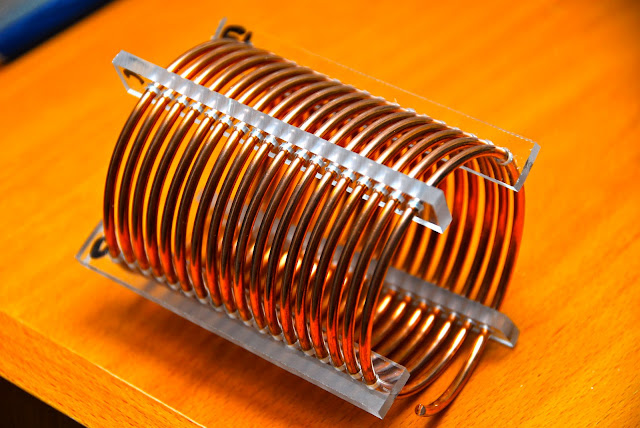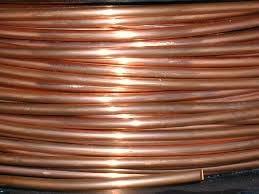Copper is one of the noble metals that stay resistant to the effects of oxidation, corrosion and atmospheric moisture. Very few metals are as compatible as copper in the manufacturing of the wires and plates. For electrical purposes and conductor manufacturing, copper wires play a major role. Owing to excellent electrical conductivity and resistance to wear and tear makes bare copper wires the first choice in the application of standard metals in the electrical circuits. The use of copper wires is just a few hundred years old. During the 19th century, scientists and engineers discovered the potential of copper wires as an electromagnetic material that can be alloyed as well.
Copper was majorly used as an ornament or as
utensils. The improvement in machining processes harmonized with the
metallurgical improvement ensured that copper climbed ladders of sophisticated
electrical applications in short span of time.
We tell you 3 things that scientist
discovered about copper wires in two hundred years that makes it an amazing
element.
1 Initial use
in transmitting electromagnetic waves
Copper wires have better of both worlds. It
is an excellent electrical conductor as well as magnetic field conductor. It
means it can be used as wire in transmitting signals. Morse code and telegraph
are the best examples of stranded copper wires being used in the modern day
world; finding is origin in the 19th century. The
diversification of the braided copper wires
being used in marine navigation and radio signalling also is the part of
application of electromagnetic waves.
2 Advent of
electricity
Electricity is one of the greatest
discoveries that changed the course of human evolution. From industrial era to the
modern computer era, electricity has played a pivotal role. Copper wires,
especially the bare ones have played a key part in transmitting electrical
signals to remote parts of the world. Carrying the electricity from the
powerhouse, where electricity is produced to homes and industries, is indeed
possible because of the overhead transmitting lines made of braided and bare
copper wires. They have stood against test of time by resisting the harsh
weather conditions. They hardly slacken over a period of time and retain their
physical properties effectively.

3 Copper
wires alloyed with other metals
Stranded and braided copper wires
don’t get hot even during continuous signal processing. It has a commendable
resistance against wear and tear which leads to loss of metal. It has
impressive corrosion resistance that makes it great for use even in bare forms.
That’s exactly the reason why bare copper wires are so popular in the
open-field signal stations. Copper can withstand temperature variations between
-80 degrees centigrade to over 110 degrees centigrade without showing much of a
variance in its physical and electrical properties. It is alloyed with tin,
nickel and other noble metals for glaze and extra insulation. Even in alloyed
form, copper wires are very flexible and can be used in much smaller appliances
with easy installation and replacement possibilities.

